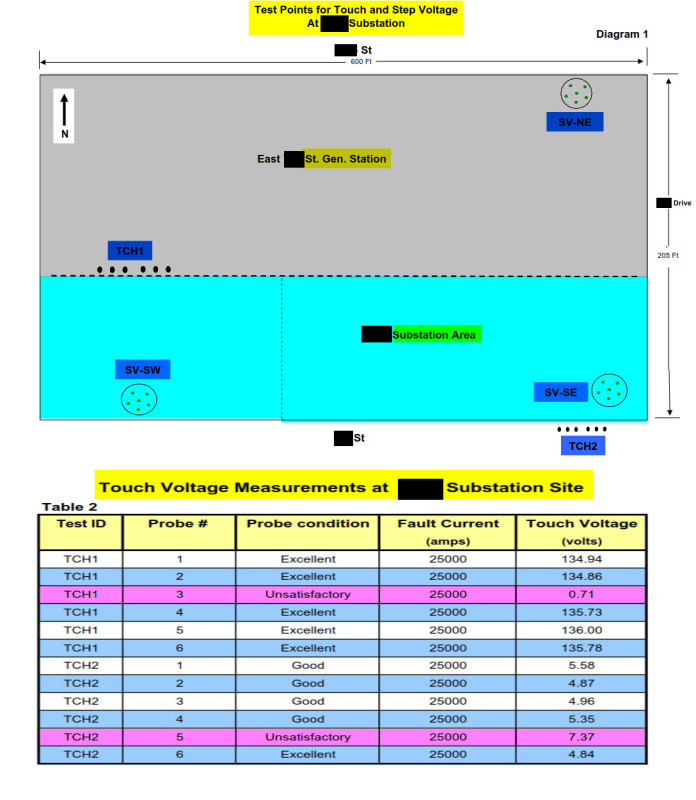I have a question about ground potential rise:
We are working on a cogeneration plant, where we are replacing one 13.8kV steam turbine with three 4.16kV gas turbines.
The main step-up transformer is being downsized from 25MVA to 5MVA, 25kV-4.16kV wye-delta configuration (wye on the utility side).
All of this is located in a pre-existing facility, enclosed in a building that has a pre-existing grounding grid.
Now the utility wants us to perform and submit a ground potential rise study. I've modeled the existing grounding grid to the best of my ability using the plant's older drawings.
Every time I run the study, it fails when it comes to tolerable limits for step+touch potential. I did some digging around in IEEE standards and noticed that the main contributing factor why this failed is due to the ground fault current coming from the utility side (contributes 4.5kA).
So my question is this: if I have no way of limiting the ground fault current coming from the utility side, and I have no way of adding new grounding conductors (since its an existing facility with an existing grid in pre-cast concrete floor), what are my options here?
additional note: when I set up ETAP so that the ground grid encompasses the LV switchgear only, and not the main utility side 25kV switchgear, all my tests pass and there are no issues. This is how I determined that the issue lies with the utility side ground fault contribution at the 25kV switchgear level.
I've attached some ETAP screenshots in PDF format to give you a better idea.....
We are working on a cogeneration plant, where we are replacing one 13.8kV steam turbine with three 4.16kV gas turbines.
The main step-up transformer is being downsized from 25MVA to 5MVA, 25kV-4.16kV wye-delta configuration (wye on the utility side).
All of this is located in a pre-existing facility, enclosed in a building that has a pre-existing grounding grid.
Now the utility wants us to perform and submit a ground potential rise study. I've modeled the existing grounding grid to the best of my ability using the plant's older drawings.
Every time I run the study, it fails when it comes to tolerable limits for step+touch potential. I did some digging around in IEEE standards and noticed that the main contributing factor why this failed is due to the ground fault current coming from the utility side (contributes 4.5kA).
So my question is this: if I have no way of limiting the ground fault current coming from the utility side, and I have no way of adding new grounding conductors (since its an existing facility with an existing grid in pre-cast concrete floor), what are my options here?
additional note: when I set up ETAP so that the ground grid encompasses the LV switchgear only, and not the main utility side 25kV switchgear, all my tests pass and there are no issues. This is how I determined that the issue lies with the utility side ground fault contribution at the 25kV switchgear level.
I've attached some ETAP screenshots in PDF format to give you a better idea.....

